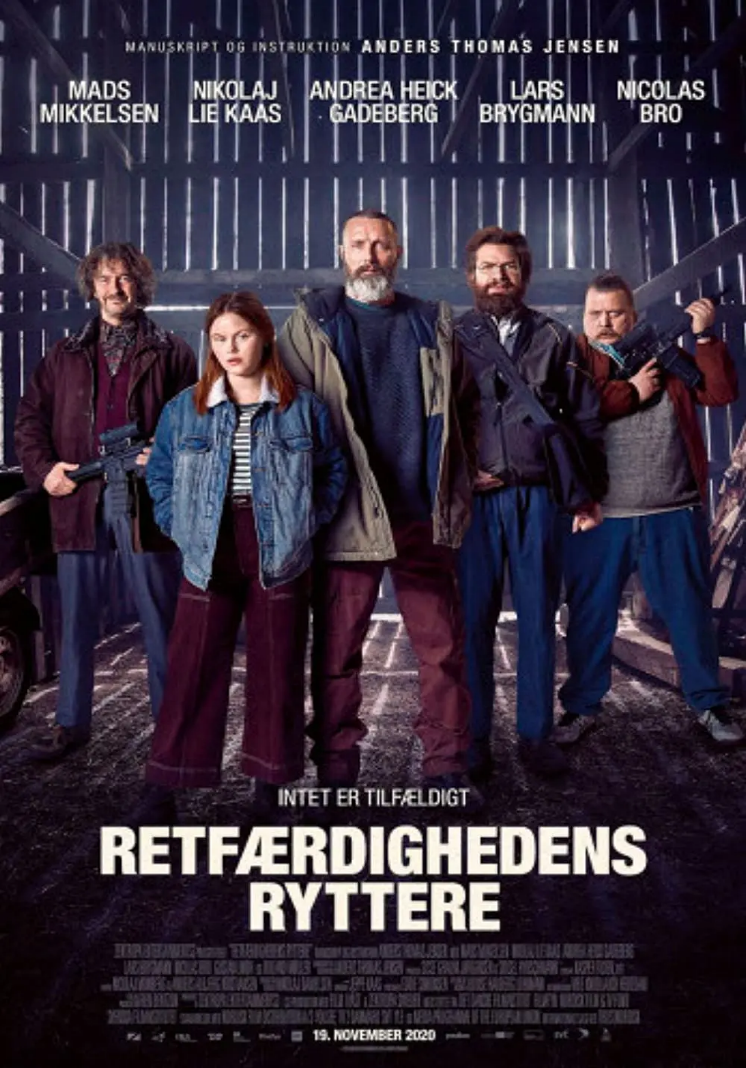Maria Larssons eviga ogonblick Transcendence and Retention

The art of photography has always seemed to me to be a profession with a strong literary flavor, and a film about photography seems to naturally take on this literary tone. Eternal Moments is such a film, a biopic of Sweden’s first female photographer, Marla Larsen. Unlike many similar films that show the achievements or spiritual transcendence or talent of the subject, this film is full of literary temperament, but with the realism of life; overflowing with spiritual transcendence, but also shows the bitterness of being grounded on earth. Marla Larsen, a groundbreaking figure, seems to have surpassed her contemporaries in spirit, but was still surpassed by her time.
The beginning of this film reminds me of the biopic “Blossoms” about the French painter Céhaffanie-Louis, although Mara Larsen does not have the eccentric character traits of Céhaffanie-Louis, but she is also an ordinary middle-aged woman. She also has the fortunate but unfortunate status of being a stay-at-home mom who raises her children. As a woman of her time, she is inevitably bound by the world of men, and in this film, it is her life, exchanges and wars with the men in her life that somehow cut through. The film opens with the impression that Marla’s husband works hard to support the family, but soon the illusion is shattered, from the way he beats his children with a belt for minor mistakes to the way he beats his wife’s head and eyes after drinking heavily. Next, another man in Marla Larsen’s life appears on the screen, that is, her sick father. Faced with his daughter’s swollen face, he surprisingly does not have a hint of anger and comfort, but uses it as God’s will to advise his daughter to endure, rather than leave her husband. This is the early 20th century, an era of subordination from father to husband, an era when women’s rights had not yet been awakened. As a housewife of the lower class, she is tightly imprisoned by the times, feeling the weight of it, enduring the hardships of life and her husband’s abusive fists, while her Her husband, on the other hand, is a guiltless alcoholic, who has an affair with his lover, which in his view is justified, and his wife is unreasonable and powerless to resist. Marla Larsen’s husband lives in a time when the rights of laborers were repressed, faced with the meager wages of intense labor, faced with the risk of unemployment at any time, socially oppressed, he inflicted oppression and violence on his wife at home, and violence often spread throughout society. At the same time, the film also explains that socialist ideas were spreading among the husbands of the time, including the inculcation of violent resistance, and when the laborers seemed to have a glimmer of support, in their restlessness, Mara Larsen found another kind of peaceful support and revolution of ideas.
When Marla Larsen went to the photo studio to sell a camera she had gotten by chance by buying a lottery ticket, she met another important man in her life: the owner of the photo studio. At the owner’s urging, she tries to pick up the camera, and from then on, through the lens, she enters another world. Unlike men who express their dissatisfaction with reality through violence, this woman, who has endured too much domestic violence and humiliation, uses the camera to find another peace of mind and change the deep trajectory of her life. Many social scientists have mentioned the metaphorical significance of tools, that is, tools that seem to change people’s lives materially, but often transform individuals and the world from a spiritual level. The impact of photography on the spiritual dimension of human beings is more intuitive than other tools. With photography, time is preserved, giving people fond memories and moreover a sense of confidence in the control of life, and life is not driven forward according to a timeline from now on, but can leave a marker that can evoke the memory of that moment with this marker. For Marla Larsen, she was in a state of loss of control over her life for a long time, unable to avoid punches and kicks, unable to interfere with her husband’s cheating, and since she picked up a camera, she suddenly found that she could control where the camera was pointing, control the distance of examining life, control the people covered by the camera, and she suddenly found that life turned out to be controllable. From then on, her spirit actually changed, and she lived happily, even feeling indifferent to her husband’s cheating or not. And slowly, more people in the community ask her to take photographs deepening this confidence, her social circle is opened up and she is filled with more autonomy. The small lens allows her to face the conservative town, the macho controlled family, but allows her to transcend it all.
In contrast, the husband, after seemingly doing whatever he wants in the first part of the film and being in control of everything, falls into a state of depression and distress, facing the hustle and bustle of the revolution, finally facing unemployment and the emptiness of his mind, while his alcoholism grows worse. What he cannot tolerate is that his wife is no longer “afraid” of her. This is the crisis of the macho man, who always expects women to show dependence and reverence for him, while for cheating, he does not want his wife to find out on the one hand, but on the other hand, he wants her to know but has to put up with the humiliation and show his unbearability. However, Marla Larsen, because of photography, no longer shows so much reverence to him, yes, she still has to appear courteous to him, but in the spirit of the temperament is less that humble subservience. So, for the husband who is depressed, his wife no longer brings a scared face to move him frustrated, his wife’s face with more smiles to make him lose, he is even jealous of the tiny camera because of this, with a sad and furious tone to rebuke his wife, and photography has indeed become the life of Marla Larsen, this conflict in the film intensified to the end, and even let the husband nearly out of control This conflict intensifies in the film to the point where the husband nearly loses control and kills his wife.
Marla Larsen transcends the times on a spiritual level, but she is unable to transcend them completely, and this film gives us a sense of unspeakable melancholy because of such a dilemma of fate. Marla Larsen and the photo store owner has a hint of ambiguous spiritual feelings, the elegant and gentle photo store owner gave Marla Larsen and her husband the opposite feeling, when he decided to leave, for her is an emotional blow to life, the two parted a scene reminds me of the end of “The Last Dream of the Bridge”, in the rain, Eastwood With the expectation of leaving, hoping that Mel Streep can follow, and he went away together for love. And this film, with the same kind of reluctance and hesitation on both sides, when Mara Larsen tangled for a long time to chase the footsteps of spiritual lovers running, but only to watch his back fading away. In the end, as her father says, Marla Larsen does not leave her husband, although she seems to have the courage to do so, and in her daughter’s narrative, she cannot explain why: “But why Mommy and Daddy stay together, that’s a question I’ll never get an answer to. In the end, the couple and their children continue to live, Marla Larsen died of heart disease. And life, like a continuous composition of photos, you always have some or composition, or light, or expression, or lack of accessories to leave the regret of the photo. As a viewer, how I wish Marla Larsen had a more perfect home, but in that era, after all, she used the camera to open up another possibility of life, which, is already a gratifying breakthrough.




